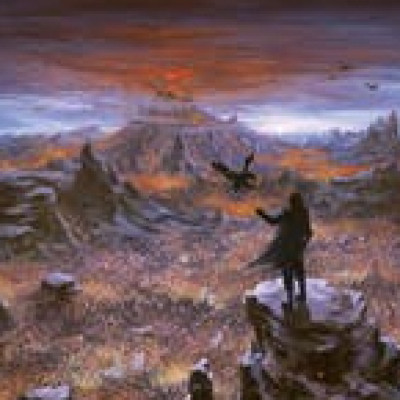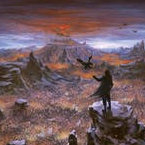
My name is Alex Truell, and for over 2 years now I've been the editor for the Rathe Times. I'm a casually competitive player currently in the midst of transplanting a Flesh and Blood scene to a new shop in Oshkosh, WI.
Strategically, I try not to follow trends, instead fixating on cards and tactics just outside the mainstream.
I view this game through the lens of a player who cares about the competitive environment, but doesn't have to live in it; an optimist who loves the game, but can take a step back to critique it; and a deckbuilder who revels in novelty.
Thoughts and Baubles is an editorial space for the Rathe Times, where I discuss the game and respond to the community.
First, a personal note. If you've noticed a lack of content the past few weeks, that's the intrusion of real life into my online projects. A spate of illnesses in my family and a planned surgery have utterly consumed my time, and Rathe Times was the ball I could afford to drop. We'll be back to our usual cadence shortly.
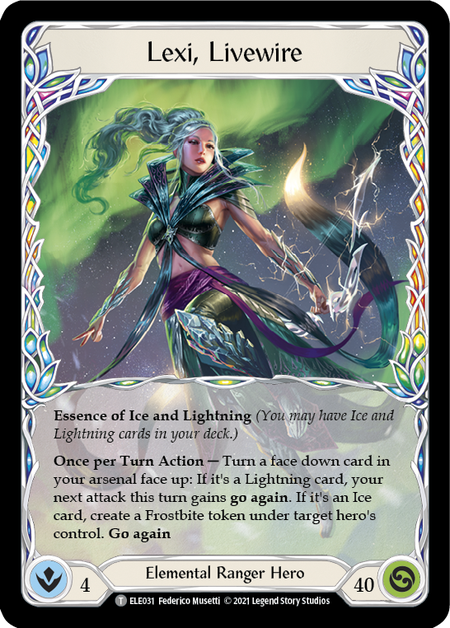
Since shortly after the release of Outsiders, Lexi has dominated the conversation around competitive FAB to a degree that few heroes have rivaled. While Lexi never boasted of the inevitable wins that Starvo claimed nor polarized matchups like Prism created; while Lexi lacked the snowball power of Chane and the format-flipping presence of Oldhim; what she could boast of was a resilience to counters, an 'always a threat' x-factor that endeared her to competitive players who wanted to ensure their tournament prospects weren't sunk by an unexpected bad matchup. It was often said that Lexi had no bad matchups - and time and again, tournament results bore that out.
So it's no understatement to say that her entry into Living Legend is going to send shockwaves through the metagame - which, at this point in 2023, is nearly cliché. In the past 6 months, we've seen 3 heroes exit the Classic Constructed format: Oldhim, Briar, and soon, Lexi. Or put another way, the heroes of Tales of Aria. Or still another way, the dual Elemental heroes (with the final Elemental hero, Iyslander, nearing that LL threshold herself).

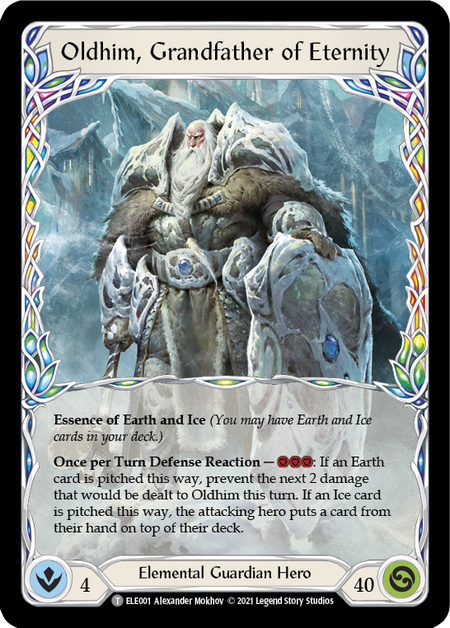
What will Classic Constructed look like after the elements have passed? We can look at LSS' recent offerings for indications of their intent, but I'd also like to theorize as to the design intent of various heroes and classes, and where I think they fit best in the grand scheme of the game.
The Meta in the Making
While it may feel like we've lost a lot of decks this year, FAB has done nothing but grow in its options and diversity since inception. With Lexi's retirement, Classic Constructed is now comprised of 21 heroes. And, remarkably, most of those heroes are viable enough to make day 2 at major events. For example, at the Calling: Melbourne, 17 distinct heroes claimed day 1 results that survived the first round of cuts - including heroes as unlikely as Riptide and Arakni.

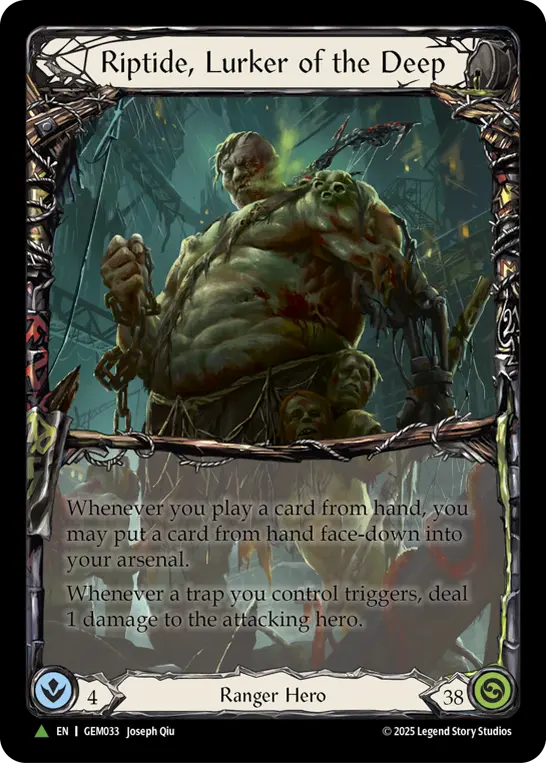
That said, there are decidedly tiers that need to be acknowledged. While a dedicated Katsu player can make Top 8 with him, most players can't expect similar results. Dromai, Bravo, Uzuri, and to a lesser degree Iyslander offer more consistent results, at least at present. Whether or not they remain at the top, they will shape the meta to come.
They also offer a fascinating look at what it will take to be deemed competitive in a post-Aria world. Let's take these one at a time.
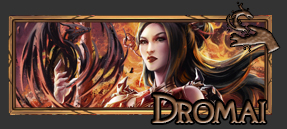
Dromai is undeniably the queen of the format, utilizing her swarm of dragons to build an endgame value proposition that can't be overcome. That said, Dromai's strengths and weaknesses seem fairly clear for the moment, with little indication that they'll change anytime soon. The recent addition of Tome of Imperial Flame put gas in the tank, but requires concessions that not every Dromai player has been willing to make - and in the end, it's simply more of what she's already been doing. Dromai is likely to continue to act as a hero who plays toward endgame value, but true to the Illusionist archetype, with a fragile foundation that she must carefully maintain.
Wins against Dromai tend to come from one of two places: overwhelming early-game pressure, or a disposable suite of small attacks that leave enough gas to go face as well. The former can be found in the other heroes who comprise the competitive roster above, along with standby Ranger Azalea and the unreliable Brutes; the latter is perhaps now experiencing breathing room with Lexi's departure, represented by Fai, Maxx, Dash, and other heroes who press the absolute limit of a turn's potential.

Learning to overcome a Guardian is a rite of passage, a benchmark that determines whether your deck is ready for the big leagues or needs more work. Bravo is a gatekeeper; and from time to time he'll hold off all challengers, but more often he ensures the quality of the Top 8. In many ways, Bravo inverts the script of FAB gameplay, pitching his cards more than he plays them and maintaining the size of his deck while yours declines.
What differentiates a top tier Bravo player from the pack is the knowledge and ability to pivot outside the play patterns of the class in order to meet the challenge before him. And when his foe also benefits from surviving into the late game - as Dromai does - it can be hard to conjure up a faster plan of attack. Ultimately, Bravo's strengths and limitations - while unconventional - are well established and healthy for the game; any meta with a notable Bravo population can be answered, and the OG Guardian always leaves room for others to find success.
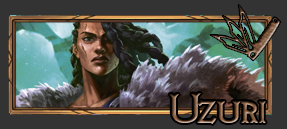
Uzuri's ascent has been dynamic, as players have moved away from the obvious 'trick' builds and instead found strength in consistency of performance. Once it became apparent that it didn't matter that the on-hits were unknown if you blocked for 6, Uzuri players instead turned to value propositions.
Uzuri is a skill-testing deck, and one of the most exciting things about her is the variations between the best players' decks. There are multiple paths to pursue, and they're each dealt with a little differently, meaning the opponent must formulate their counters in-game as they attempt to read the deck before them. Uzuri is dynamic, and the games involving her are dynamic. She's also unexpectedly fair. Much more like Dorinthea than she'd appeared at first glance, Uzuri ultimately plays with hidden information in ways that can be overcome. If Dromai is the big bad, and Bravo is the gatekeeper, Uzuri is the puzzle - sometimes easily solved, and sometimes inscrutable.
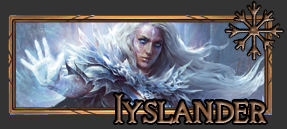
You can argue if the meta is less favorable toward Isylander or if she's simply fallen out of style with the top tier players, but she remains a threat that must be accounted for. Like Bravo, she asks you to play FAB in a different way, and so decks must remain nimble and adaptable or suffer inevitable loss to her arcane damage and resource taxes. It's the threat of her that shapes the meta, more than even her presence.
But Iyslander carries an asterisk as well, being the next hero in line for Living Legend ascendancy. If she moves toward a more prominent role, she's likely to exit quickly; as such, her role going forward will either be limited or nonexistent. Iyslander represents the last of the Ice archetype, and already decks are breathing a little more easily as they reduce their resource cushions and become more efficient.
With these major forces considered, the meta to come will ask the following of your deck:
Can you keep Dromai from building her board - or kill her before it becomes inevitable?
Can you overcome Bravo's defenses and match his endurance?
Can you adapt, not just with sideboard but in-game, to the unexpected gameplay of Uzuri?
Can you handle arcane damage, and have you given yourself any cushion for disruption should Iyslander makes an appearance?
If you understand core Flesh and Blood gameplay, and can answer all of the above questions, you've got a deck with true meta potential.
The key success of this moment lies in the fact that, I believe, most heroes can.
The Meta They've Been Painting
It's been conceded by LSS designers that Tales of Aria represents a power spike, and that the limitations imposed by the pandemic allowed for less testing than the set should have gotten. And indeed, Living Legend has thus far focused in on a remarkably narrow time period of "2021 releases". Tales of Aria, and the sets that surround it, pushed the envelope, and nothing before or since has rivaled it.
With Aria set aside, we can really see where classes sort of occupy corners of the gameplay spectrum, and the roles these heroes are assumed to take in the meta. Indeed, the very gameplay of the Ranger positions it as a counter choice, a challenger looking to target and disrupt opponents rather than 'work its plan'. Compare this to Teklovossen, who - while unsolved as of yet - has a plan he wants to carry out and is postured to fend you off so he can do his thing. Teklovossen wants to be a meta shaper, like Dromai; given time and experimentation, I'm sure there will be players who can move him into the role he was designed for.
Dromai could not fill any other role. If she isn't a meta shaper, a big boss taking on all challengers, she would be failing her design. She can't effectively respond to and disrupt opponents while also advancing her own agenda; the Draconic card pool doesn't allow for adaptation, and the Illusionist card pool is heavily weighed toward board building. Furthermore, as an identifiable 'major threat', she provides guidance to deck builders who hope to succeed in the meta. Yes, you have to plan for all 21 heroes - but if you know Dromai will be following Game Plan A, you can quickly theorize how you might address that. The solution doesn't need to be simple or effective, but it needs to be obvious, lest preparation paralysis make metagaming too overwhelming.
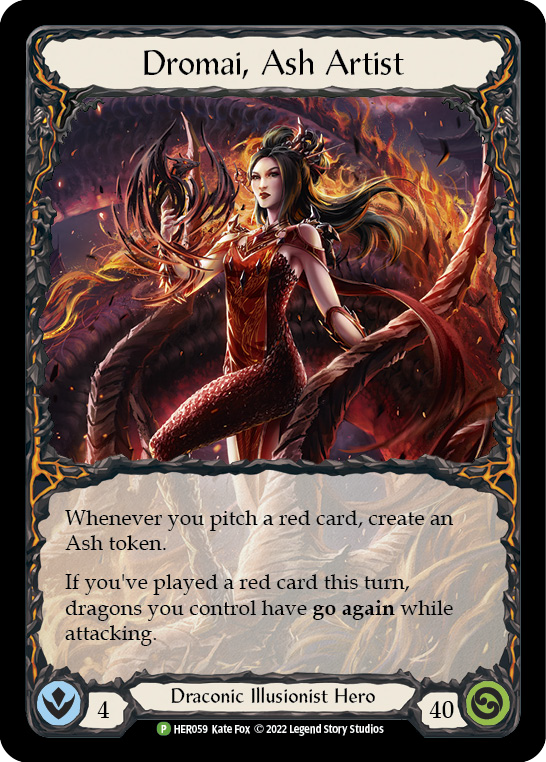
Which brings me to the theory I want to put forth: that LSS has already indicated where they want their heroes to be positioned in the meta, and at this point are focused on tweaking them into those spots in the wake of Tales of Aria's unexpectedly disruptive impact. This is often reinforced narratively, artistically, and mechanically, and I'll be using all of those reference points to inform my theory.
The Tyrants

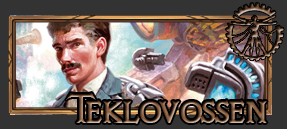
From a lore perspective, Dromai and Teklovossen are set up as people with power and authority. Mechanically, they have an element of building and inevitability - the feeling is that they must be stopped. Aesthetically, we're dealing with some incredibly intimidating artwork, and the power they command feels, at times, as if it's built on a whole other scale. You'll notice that, for all Uprising's art focused around her "Big 3 Dragons", not once did the story go into battle with them; and you'd be forgiven for mistaking Teklovossen's Mechropotent form for a climactic villain, when in fact the story's conflict has centered around Maxx, Dash, and Data Doll. There's no proof that either of these characters are even villainous. These 'boss fights' are left for you to play out, both in your mind and on the table.
But as far as the game goes, these heroes and their decks have their own plans they want to further, and if you don't stop them they'll unleash a devastating finisher to end you in overwhelming and flashy fashion. They are always in control of the terms of the game, because they can't adapt to your plan. That's by design - and it's good design. If a tyrant can't be overcome with enough frequency, it will eventually be rotated by Living Legend, and we can remember their heavy-handed reign in whatever terms we want.
The Protagonists
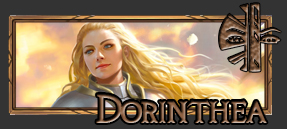
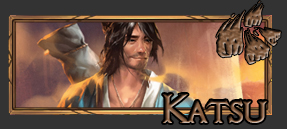

Presented in the first set, the protagonist archetype is comprised of characters who are well-rounded, emblematic of core mechanics of the game, and relatively evergreen. Their identities are so thoroughly tied to their classes that, at times, it's hard for other heroes to find a foothold within them. Katsu, for example, perfectly executes the combo mechanic present in Ninja - to a degree that any other Ninja is reluctant to use those cards.
Protagonists are frequently referenced in card art. In many ways, they're comparatively generic - sometimes to a fault, as has often been said about Dorinthea. That's intentional, to allow you to imbue them with your own characteristics.
Mechanically, too, they're more open than many heroes. There's flexibility available within their gameplay. You can be a more defensive Bravo, or a more aggressive one; there's a Bravo for everyone. This positions them well to adapt to the twists and turns of an ever-evolving meta. Invest in Dorinthea, and you're unlikely to ever be completely out of the meta.
This brings us to the position of the protagonist. LSS has a vested interest in keeping these characters live, for the sake of their story. They also need to remain significant in some fashion, lest they find themselves pushing stories on us about characters we never use. As such, the ideal spot is for them to be consistent and reliable, but seldom if ever the best of the best. The failed Starvo experiment showed what a dominant protagonist can do with a toolkit that's too potent.
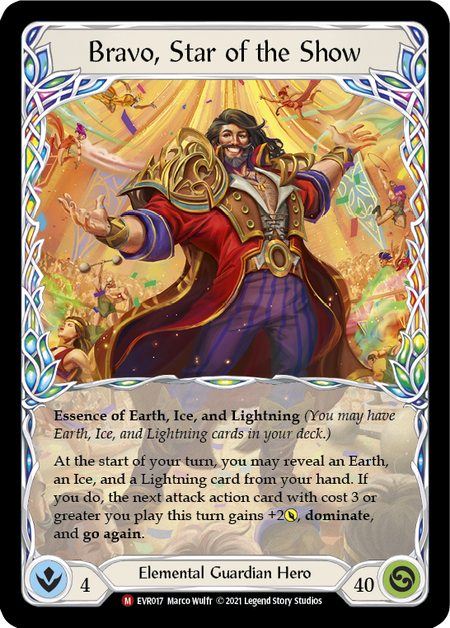
The Disruptors

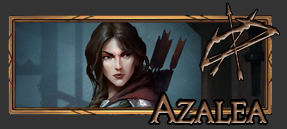
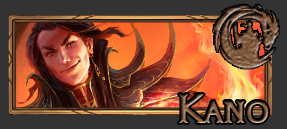
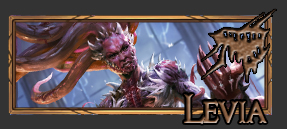

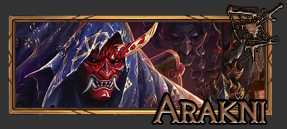
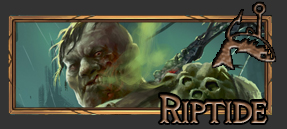
The disruptors comprise a huge subset of the roster, because they are incredibly fun, uniquely flavorful, and pay huge dividends for a varied and healthy metagame. If the tyrants are Sauron to the protagonists' Fellowship, disruptors are the characters they meet along the way: the Gollums and Ringwraiths and Arwyns and Ents of Flesh and Blood.
You'll notice how you could have pulled this roster together solely by the color palette and character design. These characters occupy spaces more than anyone else; Bravo and Katsu may travel the world, and Dromai and Teklovossen may become threats to all of Rathe, but there's little expectation you'll ever see Riptide outside of the Pits, or Rhinar visiting Solana. They aren't concerned with the greater story, only with their own.
Mechanically, disruptors are in many ways the opposite. How well they'll do in game is often related to who their opponent is and how their game is going. They're looking to exploit weaknesses and screw you up, rather than to execute their own plan without interruption. In fact, many are positioned as glass cannons, with lower life totals (Riptide, Iyslander, Kano), strategies that require them to take hits so they can execute their complex turns (Azalea, Kano and Iyslander again), or even RNG potential to do themselves in (Arakni, Rhinar, Levia).
Many of these heroes are looked at by the player base as 'failures'; but take the perspective of a designer meta, and you can see how they're slotted perfectly into the role of 'side characters', intended to offer fun ways to play the game and, at times, killer answers to major threats, but seldom take center stage on their own. And that's largely been the trajectory of these characters- with Iyslander's Elemental advantage acting as a notable exception.
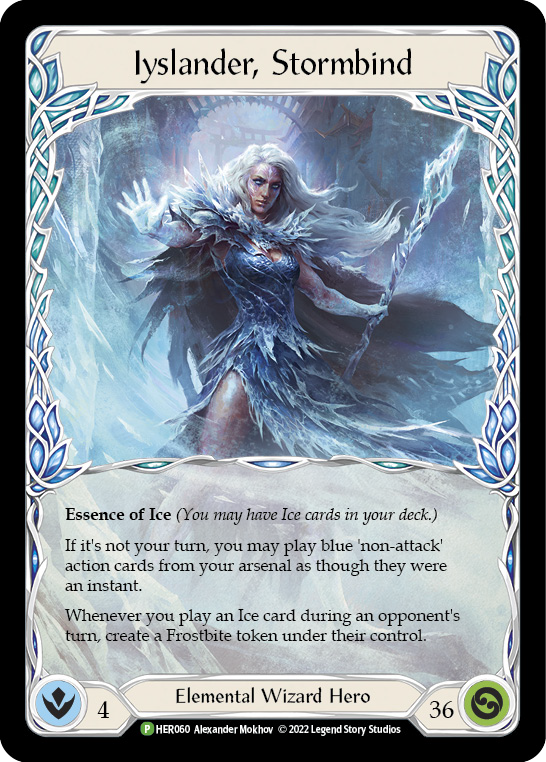
The Challengers
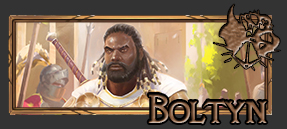


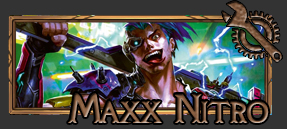
Challengers are meant to push a concept to its limit- and in fact, many of the Tales of Aria heroes fit well under this header too, only they were miscalibrated with easily shored up weaknesses that didn't compensate for their strengths. The difference between a challenger and a disruptor is largely in the posture they take at the start of the game: in the classic "who's the beatdown?", these characters are decidedly on the offensive.
Narratively, these characters are in positions of organizational authority, but they seldom carry power to back that up. They got to where they are by being the best at their thing - and that's true mechanically as well. In Boltyn's case, he offers unparalleled consistency through a combination of building potential and reliable (but slightly volatile) weapon swings. Maxx and Fai both push go again to its outer limits. And Uzuri opens most turns with a predictable stealth attack, which threatens a wildly unpredictable switch to something much more potent.
Challengers ask, "How wide can you defend against me?" "How tall can you block?" "How long can you hold out?" They have a gameplan that they've largely committed to at character selection, and they'll test your deck against that. But unlike big bads, they're not positioned to act as meta-shapers - they're simply too pushed toward the outer limits to have well-rounded matchups. This was classically seen in Fai, who was an absolute menace until LSS recalibrated him via the banning of Belittle - and now he's plagued by his bad matchups even as he has incredibly strong gameplay against some of the best decks in the format.
Why aren't Rhinar and Levia down here? Because for all that they're incredibly aggressive, their limitations are such that they can't ignore the opponent's plan- and in fact, the best Brutes are known for their flexibility between offense and defense. I struggled with Uzuri for similar reasons, but ultimately felt that Uzuri held the upper hand in most matchups, as far as momentum goes. You could argue either way and I'd accept your position.
The Curiosities
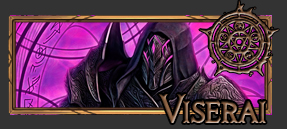
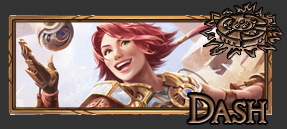
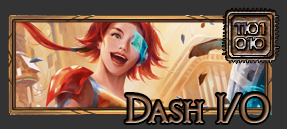
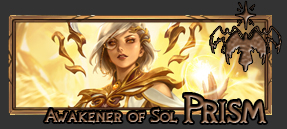
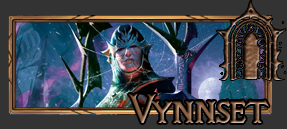
In many ways, the curiosities are like protagonists in their narrative positioning. But while protagonists are kept generic with a view towards an evergreen presence, curiosities have decided flavor, both in mechanics and story.
A curiosity usually hooks you- or absolutely doesn't- with their uniqueness. As the first Runeblade, Viserai gave us a split between two types of damage; and while that distinct gameplay is omnipresent in deck archetypes, within that he has the wide strategic versatility you'd associate with a protagonist. Vynnset looks to follow in a similar vein, with much attention placed on evoking her character but a relatively wide range of deckbuilding options within that.
Dash, as a character, is incredibly endearing, and it's likely that lore will continue to revisit her. Mechanically, she's tied to her items - but beyond that, you can go a dozen directions with her. Dash will either appeal to you strongly, or not at all; her flavor is distinct, even while her gameplay is not.
Prism's following would have you mistake her for a protagonist, but her design clearly shows an intent to put her in this side class of curiosities. Her debut in Monarch feels incorrectly calibrated, and Dusk Till Dawn perhaps overcorrected to ensure she landed in the character pool they desire for her.
All of these heroes are viable, but they can take time to learn, as they lock in on their unique features much more than other decks. They're long-term projects that you invest in; if they were too quick to rise to the top of the meta, you'd feel discouraged by the work you put into learning them only to lose them quickly. They rise and fall, both with new additions and with shifts in the wider meta.
The Whole Picture
When viewed through the lens above, you can see how heroes are filling their intended roles across the meta - and how this designer approach to meta-building allows each player to position themselves in the place they enjoy playing from the most.
The tyrant holds the field, assailed by all but capable of taking that heat. Tyrants are perfect for players who want to play on their own terms.
The protagonists, as always, challenge that dominant opposition, to varying degrees of success - and often, that success ties closely to the player's skill and experience.
Disruptors watch for their moment to strike. They follow the meta closely, adapting their decks and, sometimes, sitting an era out. A wide catalogue of disruptors suits well the player who enjoys coming in from the angle of the underdog. They see an opening, pick the right deck and tools to exploit it, and claim their bragging rights.
If you want to play to the very edges of game mechanics, challengers will feel right to you. These decks reduce decisions, but in the scheme of the wider meta, they remind opponents that there are outer limits to what they can prepare for, and you demand they respect you. Challengers serve an important purpose in the meta as, essentially, sidequests; if the meta tyrant is tiring you out, these will do as mini bosses.
And then there are the curiosities, who reward investment and work the game in novel ways that can feel refreshing or frustrating, depending on how much success you're having with or against them. The threat posed by a curiousity tends to build as time goes on, until finally they come of their own, possibly even moving into the role of protagonist or tyrant. (Honestly, that was where Dromai began.)
This, I believe, is the goal of the meta LSS is building: not that all decks are equal, but that all roles are filled in satisfying ways. "There must always be a best deck" - and while we've weathered extended periods where that was inadvertently determined by balance, I believe we're being moved into a more intentional tier list.


